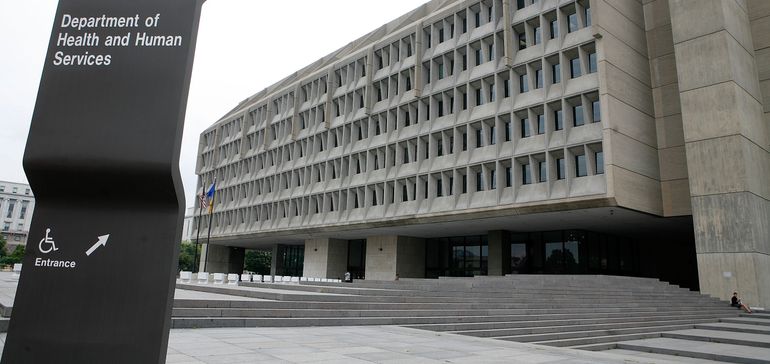CMS finds ‘troubling’ implicit bias in 3… Leave a comment

Dive Brief:
- The CMS’ innovation center has found evidence of implicit bias in three payment models as the agency takes an harder internal look at how its policies might perpetuate health disparities.
- The use of certain risk assessment and screening tools, provider processes and payment design algorithms caused some beneficiaries to be unintentionally excluded from the Kidney Care Choices Model, Comprehensive Care for Joint Replacement Model and Million Hearts Cardiovascular Risk Reduction Model, according to a new article published in Health Affairs from Center for Medicare and Medicaid Innovation researchers.
- “These findings are troubling” due to limiting access to model participation and stymied efforts to evaluate the models, researchers wrote. CMMI has taken initial steps to address existing bias, and has begun developing a guide to screen and mitigate bias in existing and future models prior to launch, according to the article.
Dive Insight:
CMMI is undergoing a strategic revamp to focus more on equity, falling in line with a broader push from the Biden administration to address health disparities in the U.S.
The three models CMMI analyzed serve diverse beneficiaries, but none were specifically designed to reduce healthcare disparities, according to the article.
To detect implicit bias, researchers analyzed health disparities in each model’s target populations, then inventoried all algorithms, rules and other processes within the model, including factors like risk assessment and screening tools and payment design.
Researchers then considered the items’ rationale and whether it might have any potential unintended consequences on equity.
Black Americans, though more than three times more likely to have end-stage renal disease than White Americans, may have been improperly excluded from the Kidney Care Choices Model, researchers found.
KCC was aimed at improving outcomes and reducing costs through care coordination and payment incentives for providers treating patients with chronic kidney disease and end stage renal disease. But how CMMI sorted beneficiaries into the model may have “erroneously elevated Black beneficiaries’ kidney function,” researchers said.
“As a result, they may have been incorrectly assessed as not meeting the medical eligibility criteria for the model,” researchers said, noting the number of Black beneficiaries who might have been excluded can’t be reliably estimated.
The Comprehensive Care for Joint Replacement model tests whether bundled payments for lower extremity joint replacements can improve care and lower spending.
It offers hospitals a target price for care episodes based off a hospital’s historical spending and regional averages. That price was not initially adjusted for sociodemographic factors.
An analysis of the model found beneficiaries receiving joint replacements at participating hospitals were less medically complex than before the model began. They were also less likely to be dual eligible for Medicare and Medicaid, an indicator of low socioeconomic status. Those findings suggested providers could be selecting patients that are less likely to need post-acute care.
Following concerns about selection bias, the CMS revised the risk-adjustment formula to include dual-eligibility status starting this year. The agency is still collecting data on the impact of the revised formula, according to the article.
The Million Hearts Cardiovascular Risk Reduction Model was created to predict risk of cardiovascular disease over 10 years. Beneficiaries with a higher risk score were eligible for the model, and received interventions to reduce risk of heart attack and stroke.
However, the risk calculator was developed specifically for Black and White populations, the CMS said. Anyone identified as “other” received the same risk estimates as for White people.
That could systematically underestimate risk for certain racial and ethnic groups and people with low socioeconomic status, potentially excluding them from the model, researchers said.
The Million Hearts model ended in December 2021.


